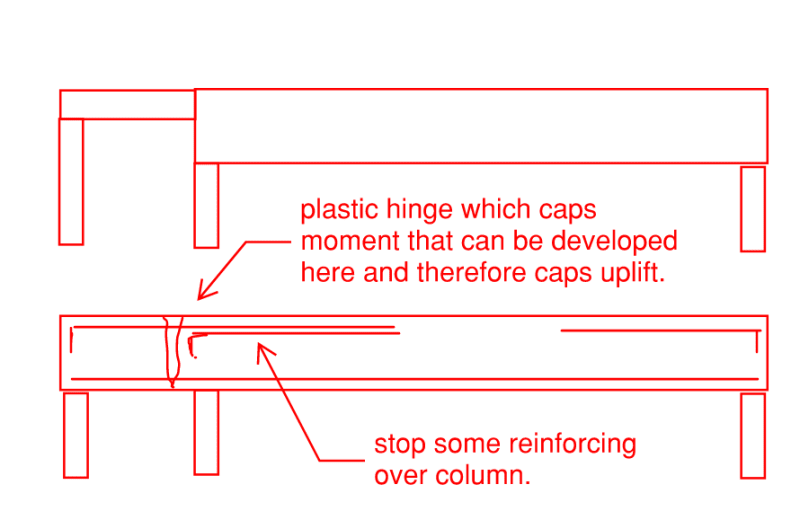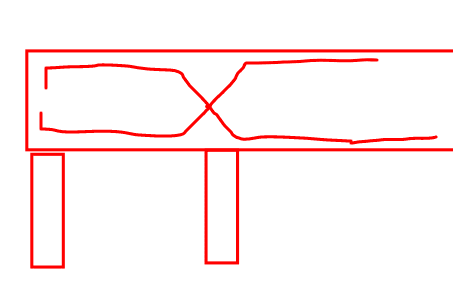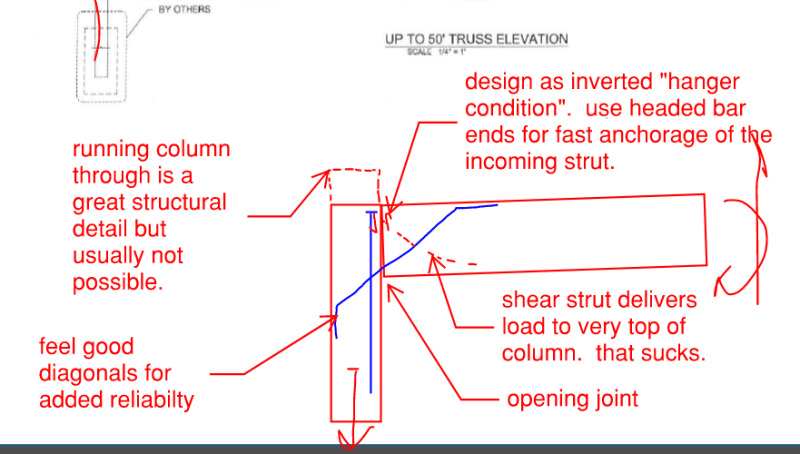Gus14
Civil/Environmental
- Mar 21, 2020
- 194
In reinforced concrete continuous beams with unequal spans similar to the attached sketch. Under gravity loading Column (A) has an uplift reaction. How would you detail the beam to column joint to transfer this uplift force ?
Also since this uplift force causes an increase in the reaction at column (B) are there ways to go around it ? There are two options I can think of but I am not really convinced with them :
1. Assume that each span behaves as a simple beam ( allow for more than 30 percent moment redistribution ).
2. Assume that the short span will work as a cantilever and design for it.
Also since this uplift force causes an increase in the reaction at column (B) are there ways to go around it ? There are two options I can think of but I am not really convinced with them :
1. Assume that each span behaves as a simple beam ( allow for more than 30 percent moment redistribution ).
2. Assume that the short span will work as a cantilever and design for it.

![[upsidedown] [upsidedown] [upsidedown]](/data/assets/smilies/upsidedown.gif)
![[bigsmile] [bigsmile] [bigsmile]](/data/assets/smilies/bigsmile.gif) .
. 

